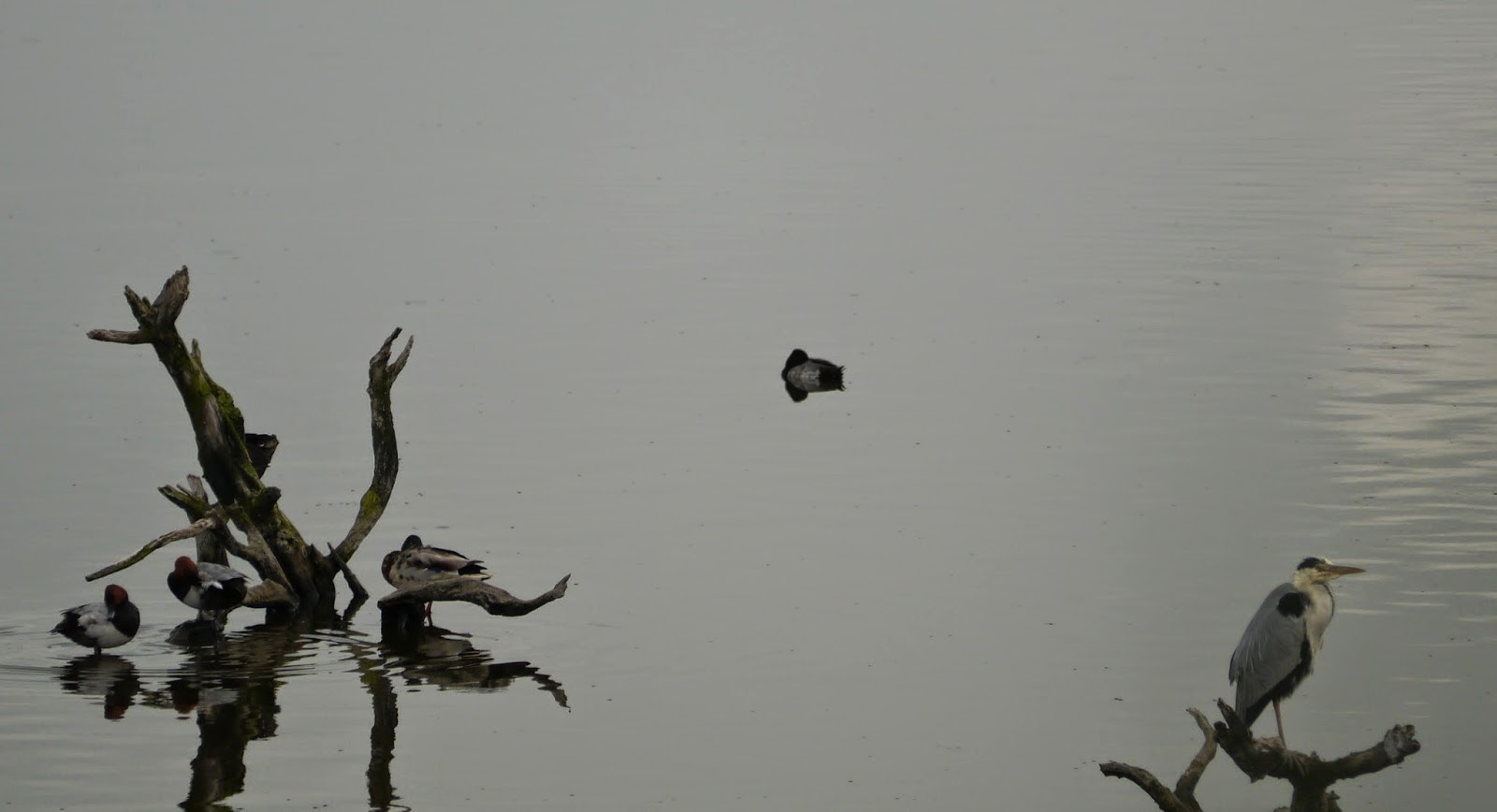Our village has started a Scarecrow competition, with no theme and which anyone can take part in. So I decided to take part and make a male Hen Harrier to raise awareness of it's decline. I've been lucky enough to see Hen Harriers a few times, but maybe I won't in the future if something isn't done to halt this decline.
Hen Harriers (and other raptors) have been illegally shot, killed by traps or poisoned and their habitat is being destroyed. This is happening all over the UK and some people believe it is linked to driven Grouse shooting. I don't want to use this blog post to blame anyone though, but I do want people to understand what a sad situation we are in with not a single pair of Hen Harriers breeding successfully in England last year. The Hen Harrier is protected so how can this be happening.
The Hen Harrier Scarecrow Project
The whole design started off as pieces of insulation board from my dad's work, which slowly turned into the finished design. A lot of hard hours were put into getting the right shape and colors, but to start with we (me and my dad) had to form the body structure and think about how we would attach wings and head.
This picture here shows the cut away section ready for the head, and the body is starting to take shape. It was quite tricky carving and shaping the insulation board. At this point it was looking more like a Basking Shark.
The head was formed from separate pieces of board stuck together and here you can also see the slot which was to take the wings. At this point it was know to everyone as the mutant budgie!
A bit more carving and the head begins to take it's Hen Harrier form. This was the most difficult bit to carve to get it to look right and I had to keep checking my pictures to make sure I was still on track.
The model was covered in feathers cut out from old grey material (by mum) and coating in a litre of PVA glue before colour spraying to give the bird its real effect. I thought I would share with you here my list of components which created the bird:
Body, Head and Tail - made from insulation board
Eyes - polysterene balls cut in half
Beak - cut off end of a plastic coat hanger
Legs and feet - hollow plastic tube with electrical cable for the talons.
Feathers - piece of old material.
Wing tips and tail tips - turkey quill feathers
Colours - spray paint.
Of course I wanted the Hen Harrier to be ringed (you never know we might re-trap it one day) and know they are colour ringed with 3 letters and 3 numbers - mine are FIN ( that's me ) and 132 which is a memorable date for me.
Here it is hovering above our porch roof held on by a sturdy piece of timber ( let's hope it doesn't get too windy, although I would sort of like to see it soaring over the village).
A close up picture of the finished Hen Harrier showing our number for the scarecrow competition. If I am lucky enough to win, there is prize money, and I will be donating this to RSPB Skydancer.
What Can We Do To Make A Difference?
Well, there are lots of amazing people really trying to make a difference, and there are ways in which we can all help.
Mark Avery is really doing a lot to raise awareness and make a difference. If you read through his blog you will learn lots about the decline of Hen Harriers in England. Mark is also organising a demonstration to raise awareness, so you could give up some time and attend Hen Harrier Day.
You can sign Mark Avery's petition to ban driven Grouse shooting and help let the Hen Harrier numbers recover.
You could also choose not to eat Grouse at home or in restaurants and even question the chefs on where their game comes from and if there are breeding Hen Harriers on the estate.
You can vote for RSPB Skydancers to receive funding from the National Lottery so they can continue to help the Hen Harriers.
You could even build a huge Hen Harrier and stick it on your roof, as this may soon be the only way many people will see one in England.
Have you ever seen one? They are the sort of bird that is once seen never forgotten, but I don't want these stunning birds to become just distant memories.
Please help.

















































